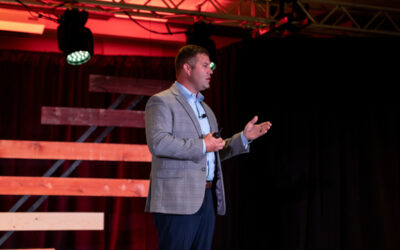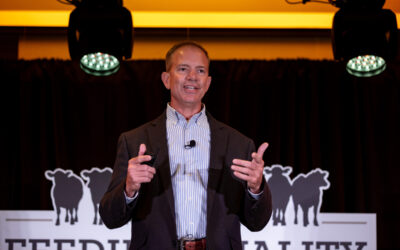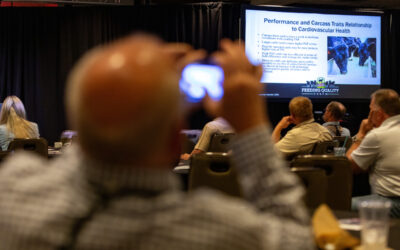
Feed prices down, risk ever apparent
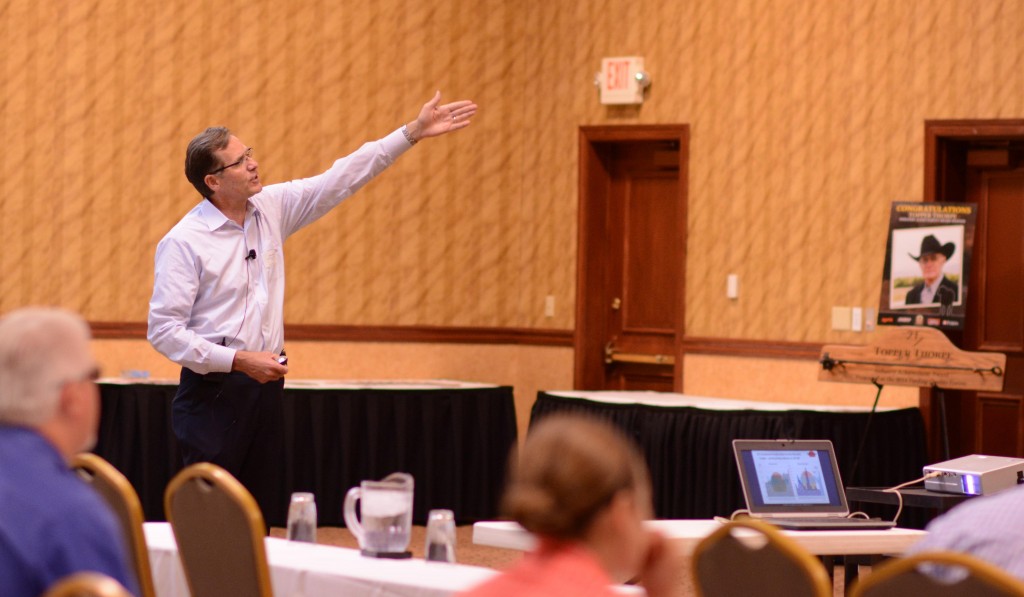
“You must manage your risk.”
Dan Basse, president of AgResource Company, has headlined the Feeding Quality Forum for the past six or seven years. He’s covered $2 corn to $8 corn, but that message remains constant. Sure, the risk changes, but it’s important to manage it.
This year he told us the “bio boom” is over, exports are down and supplies are up. That all boils down to corn prices decidedly down, around $3.60 he predicts, with poor basis in the north due to infrastructure challenges.
“We’re back to waiting for a significant climatic event to cause a rally,” he says. We’ve spent so much time worrying about feed prices. Now they’re in check, so what’s the risk now?
Scott Brown, of the University of Missouri, told us about the real danger (makes economics sound fairly dramatic, doesn’t it?) that comes in producing low-quality beef.
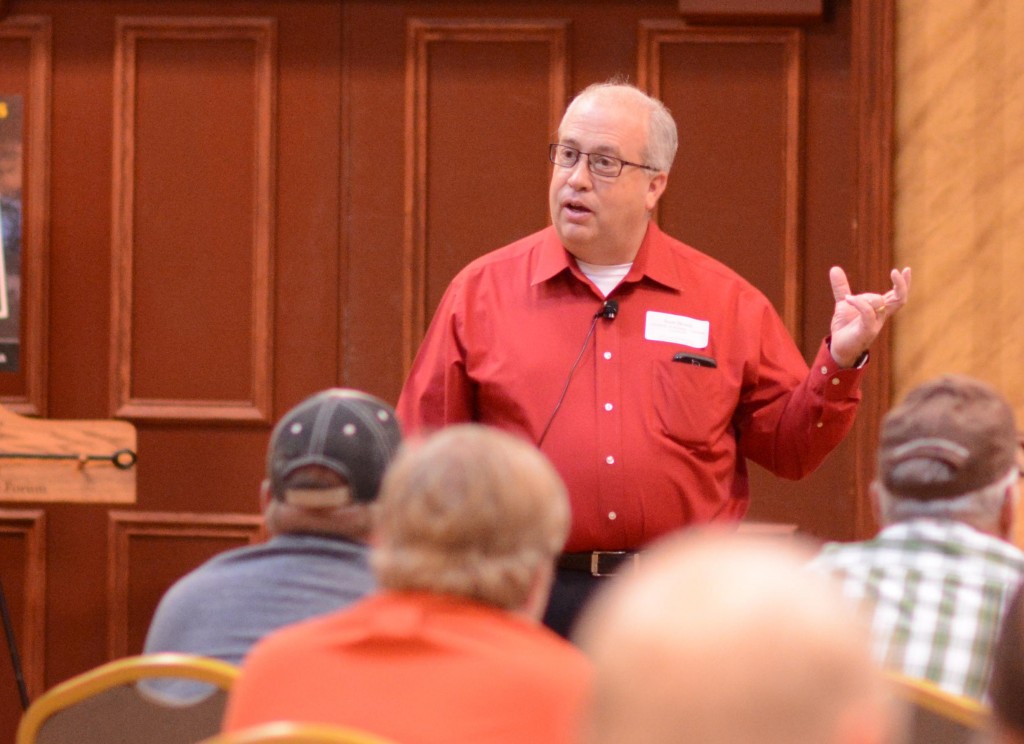
“Statistically pork and chicken make better substitutions in the Select market,” he says. “We don’t see the same substitution competition for Choice and Prime.”
A 10% increase in Prime prices equates to very little change in consumption, but that same 10% increase in Select price moves the consumption down at a much quicker pace.
Lately the Choice-Select spread fluctuates wildly, but the Prime-Choice spread remains wide and fairly constant. Looking at demand curves and economics, Brown says the message is clear.
“Quality can become a risk management tool for the industry in the long run,” he says.
At the university-run Thompson Farm, the Angus-based herd provides an example. “The most profitable cows were those whose offspring graded Prime.”
Brown was almost urgent in pleading with the feeder-centric audience to take this message to their suppliers.
“If we don’t do it now, we never will,” he said. Drought has broken in many parts and herd rebuilding needs to include a focus on animals that will gain and grade. “Investment in the genetics of that herd will pay dividends.”
May your bottom line be filled with black ink,
Miranda
PS—Thanks to all the forum co-sponsors (Purina, Feedlot Magazine, Zoetis and Roto-Mix) who helped us bring this great set of experts to cattle feeding country.
You may also like
Consumer Demand, Power of Quality
Demand for high-quality beef persists. But with that demand comes challenges. From tight cattle supplies to higher costs and increasing pressure on retailers to deliver a consistent eating experience, the pressure is on. David O’Diam, CAB VP of retail, addressed the current retail beef environment, highlighting both opportunities and challenges in today’s marketplace.
Data-Driven Progress and Partnerships
Discussions at Feeding Quality Forum reaffirmed the industry’s commitment to quality, transparency and innovation. With record Prime rates and strong consumer demand, producers who invest in genetics, health and relationships are positioned to drive progress and capture premiums.
Better Cattle Bring Opportunity
Cattle keep getting better, but that doesn’t mean producers should slow down progress. That’s what attendees took home from the 2025 Feeding Quality Forum. It’s call to action for the entire beef industry. Better cattle, yet new and old challenges for each segment.

